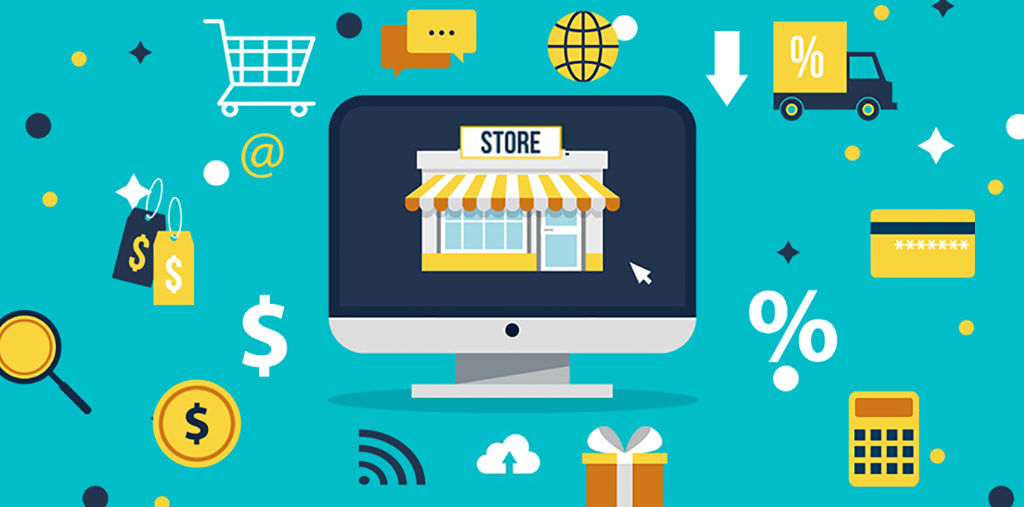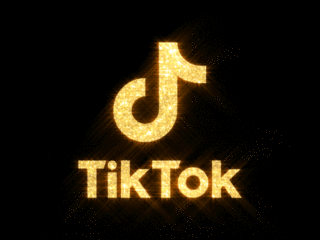Within the Past Few Weeks, Many Large Organisations Have Introduced Various Methods in Which Consumers can Engage With Products Online, Leading to a Highly Competitive Environment
Given the increasing popularity surrounding ecommerce, it’s no surprise multiple businesses are aiming to implement the infrastructure necessary to support it in the long-run. However, this will continue to be an ever-evolving process; due to the early nature of such implementations, it may take a while to see how effective the tools provided are in facilitating purchases in a virtual environment.
Evidently this is the case given the range of new announcements within the past couple weeks by Google, Instagram, YouTube, and Twitter in how users can utilise their online forums in a commercial manner. This can be seen in YouTube’s new advertisement frequency capping, Google’s new shopping carousel tools on their search engine, Twitter’s new exclusive spaces, and Instagram’s celebration of @shop receiving 1 million followers, as well as celebrating it’s 3rd anniversary.

All of this comes at a time where with the rise of ecommerce abundantly clear, organisations will want to ensure they have been able to optimise the tools available to brands on the platform. In being able to provide the businesses features which will help them find success, the commercial ecosystem will undoubtedly grow and become stronger as more people will turn to specific platforms to put their products onto.
Having such tools implemented now remains highly important as it illustrates to both brands and consumers they can continue to utilise the platforms in a meaningful manner. For consumers, having the tech giants introducing beneficial features indicates their platforms will be highly useful in fulfilling their needs when looking for new products, or looking for further information, helping to improve the overall consumption journey.

For brands, this helps show them how to easily use their platform, as well as illustrate the best methods of optimisation for their campaigns. Take the YouTube ad limiting; this can help reduce ad fatigue to certain assets, and may improve overall brand image. Additionally, with Instagram’s celebration of @shop, hosting the first pop-up store also indicates the support they would be able to receive, as well as highlight the success cases of those who use their tools already. All of this moves towards a supportive future for ecommerce, especially given the highly competitive tools provided and being developed by TikTok, who pose a major threat to other social media platforms.
With a rising range of tools being rapidly introduced to both brands and those online, it becomes clear the ecommerce market will continue to be supported as a revenue stream for organisations to come. However, given the competitive nature of such tools on offer right now, it may take a while for the market to stabilise and see which tools perform the best.
Finally, for our previous #SocialShort, click here.






